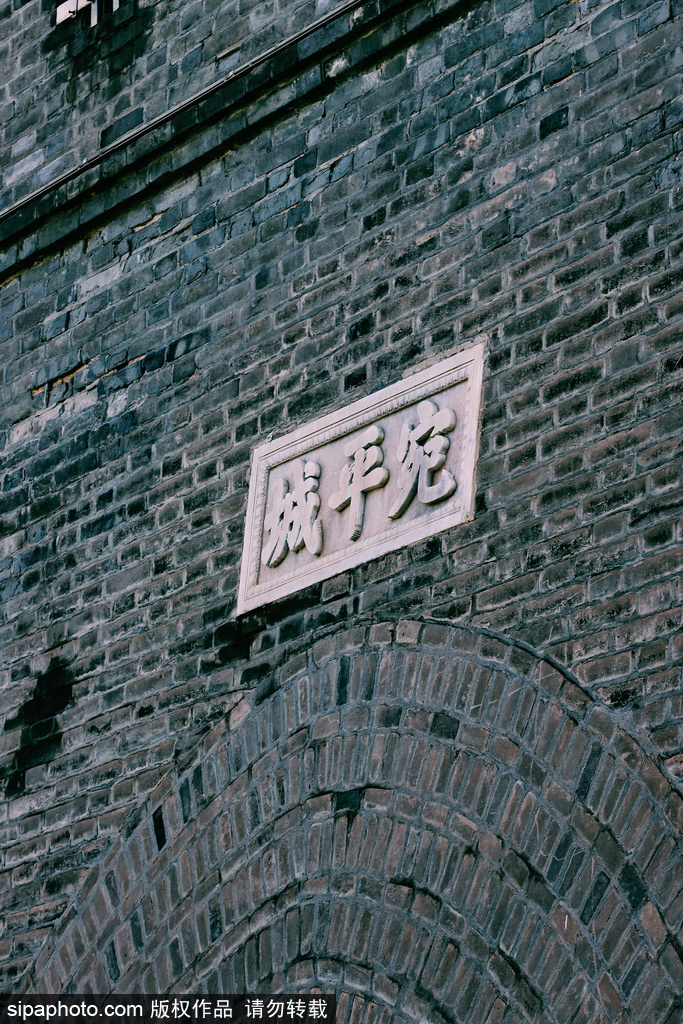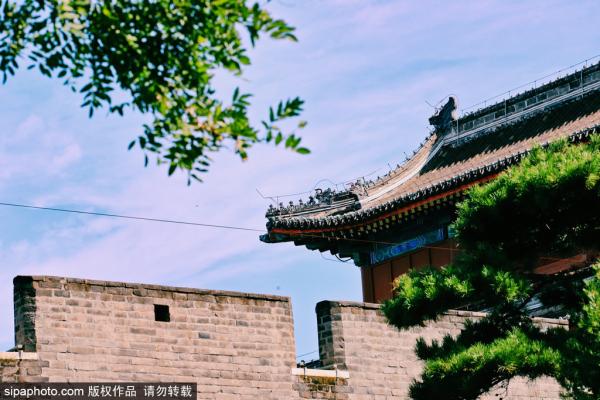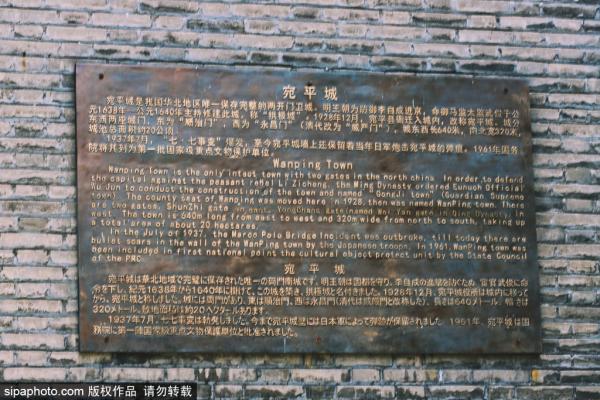Wanping Fortress (宛平城)
Wanping Fortress was constructed during the late Ming Dynasty in 1640 and originally named Gongbei City.

-
Tel:
Null -
Best Time to Visit:
All Year Round -
Duration:
1-3 hours -
Admission:
Free Free -
Opening Hours:
8:00-17:00
Description
Wanping Fortress (宛平城)
Wanping City is located east of Lugou Bridge. Built in the 13th year of the Ming Chongzhen period (1640), it was originally named Gongbei City. Wanping was initially one of the counties under Shuntian Prefecture in the Ming Dynasty and was later renamed Gongji City in the Qing Dynasty. On December 1, 1928, the Wanping County Government moved to the original Gongji City, and it was renamed Wanping City, now known as Lugouqiao Town.
During the Lugou Bridge Incident on July 7, 1937, Japane...
Wanping Fortress (宛平城)
Wanping City is located east of Lugou Bridge. Built in the 13th year of the Ming Chongzhen period (1640), it was originally named Gongbei City. Wanping was initially one of the counties under Shuntian Prefecture in the Ming Dynasty and was later renamed Gongji City in the Qing Dynasty. On December 1, 1928, the Wanping County Government moved to the original Gongji City, and it was renamed Wanping City, now known as Lugouqiao Town.
During the Lugou Bridge Incident on July 7, 1937, Japanese imperialists launched a full-scale invasion of China from this location, marking the full outbreak of the War of Resistance Against Japan. As the site of Lugou Bridge, Wanping City became one of the important battlefields in China's War of Resistance Against Japan.
During the Chinese People's War of Resistance against Japanese Aggression, the Eighth Route Army and the New Fourth Army, led by the Communist Party of China, conducted extensive anti-Japanese guerrilla operations in the areas surrounding Wanping Fortress. Their efforts made significant contributions to the Chinese people's resistance and laid a solid foundation for the victory of the Chinese revolution.

